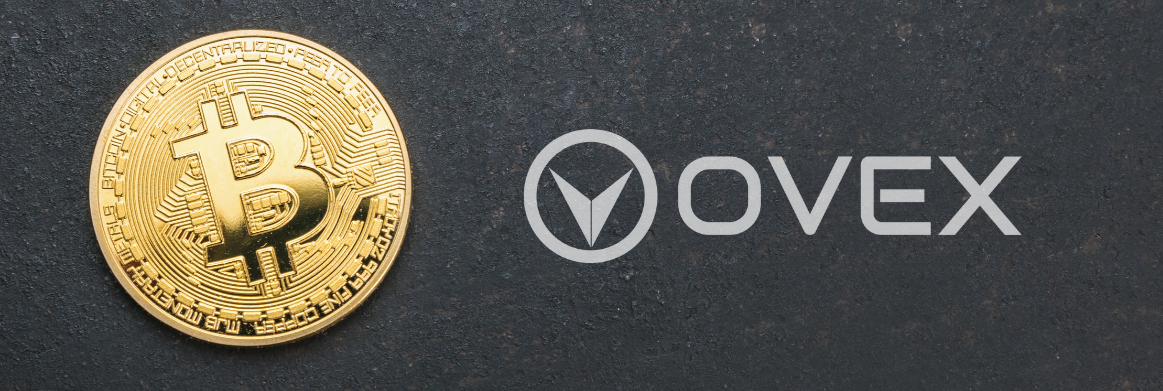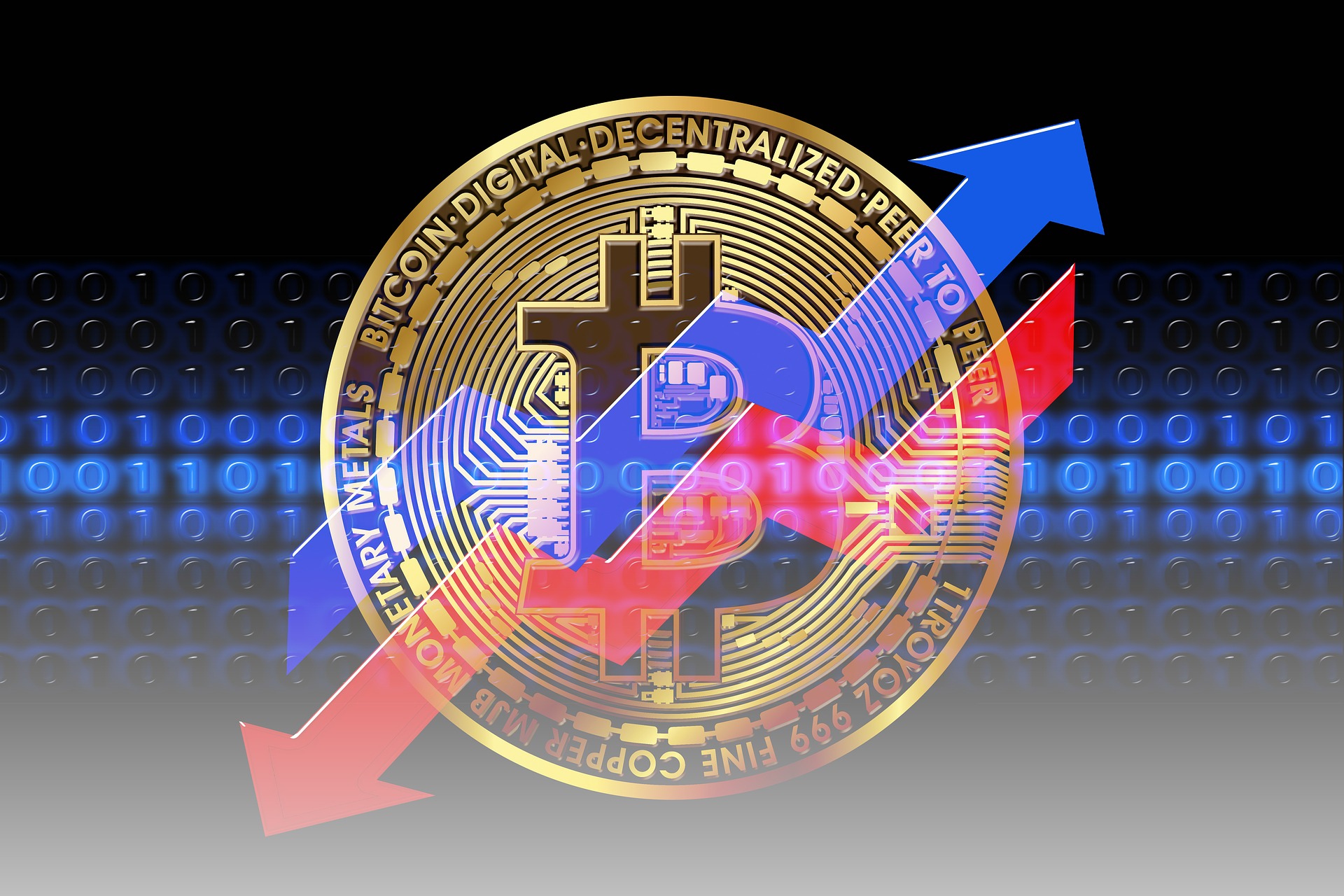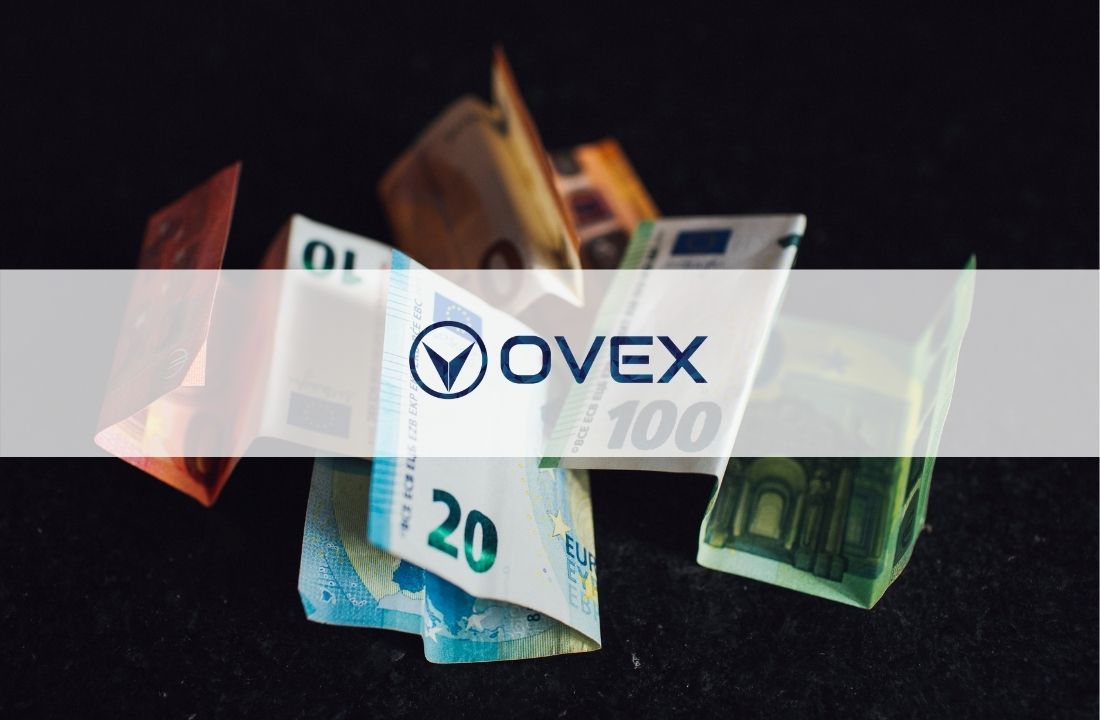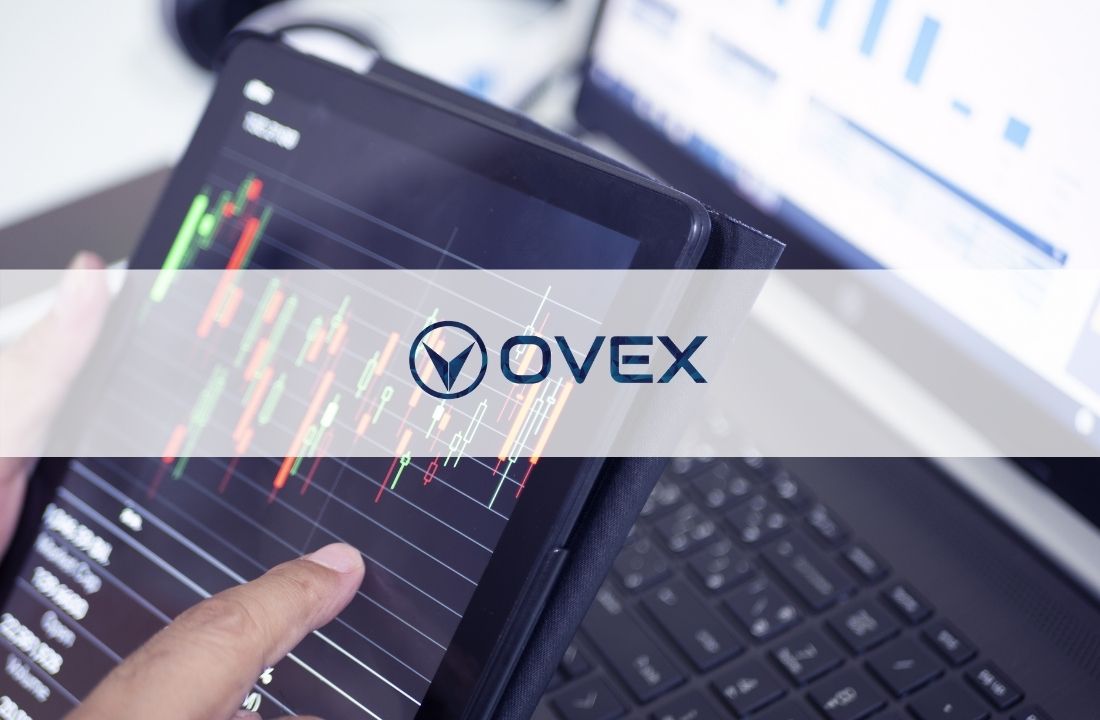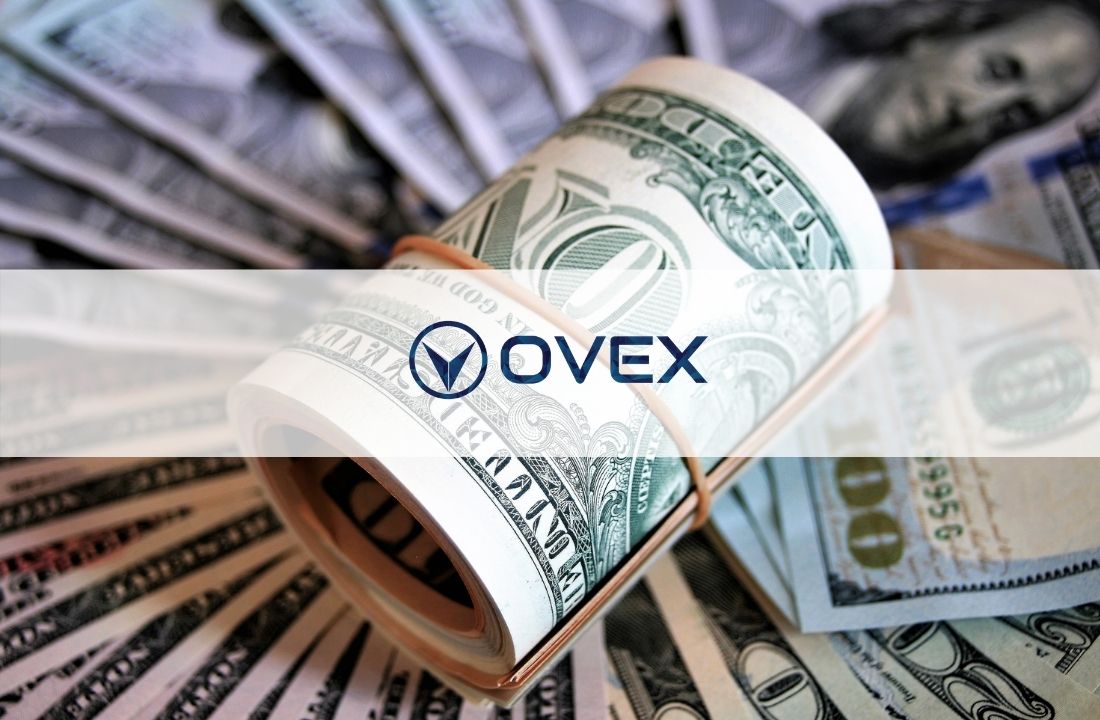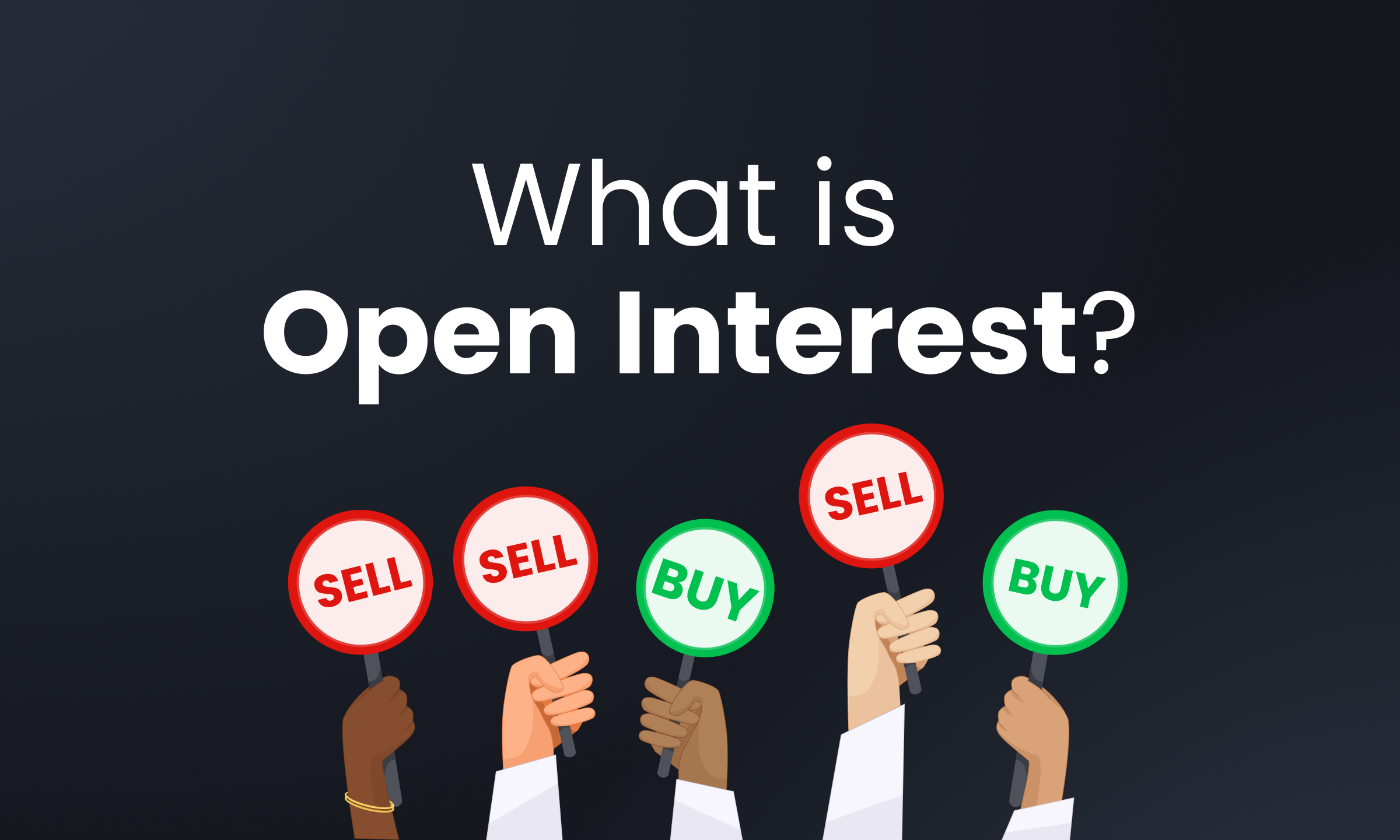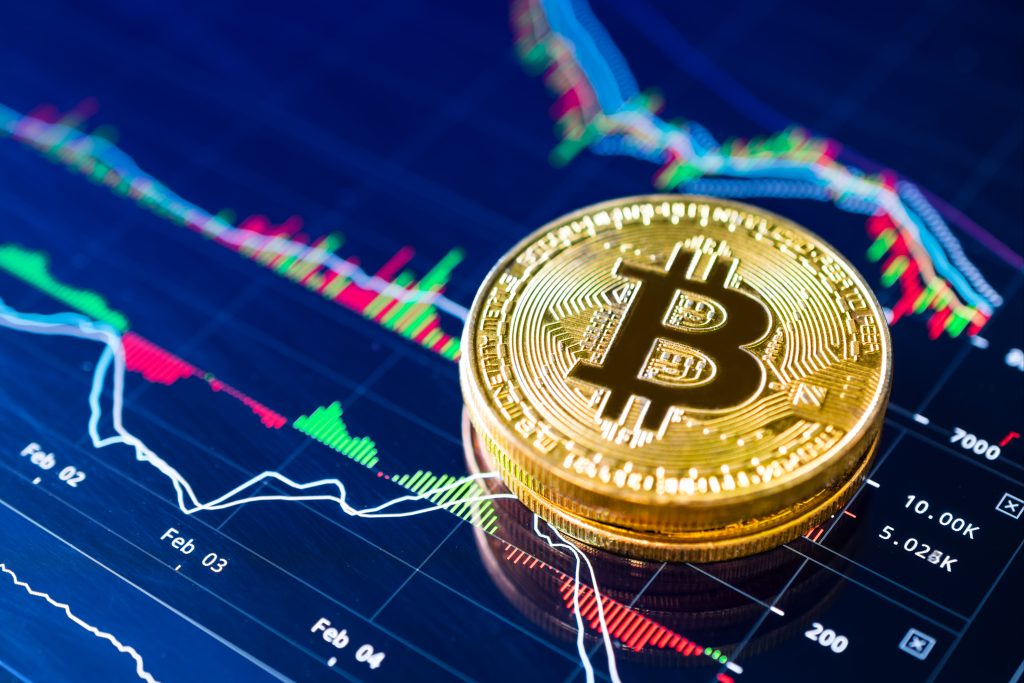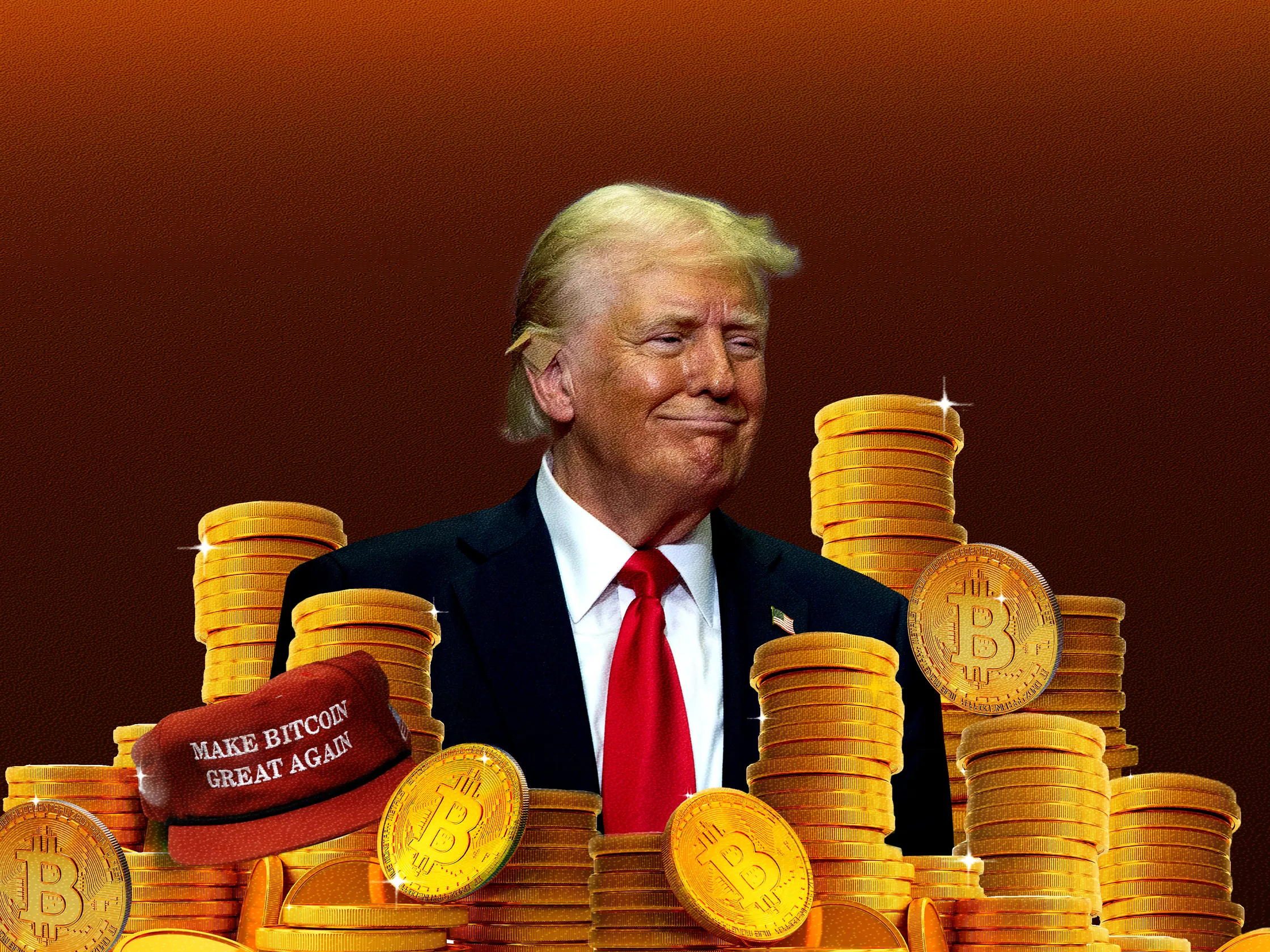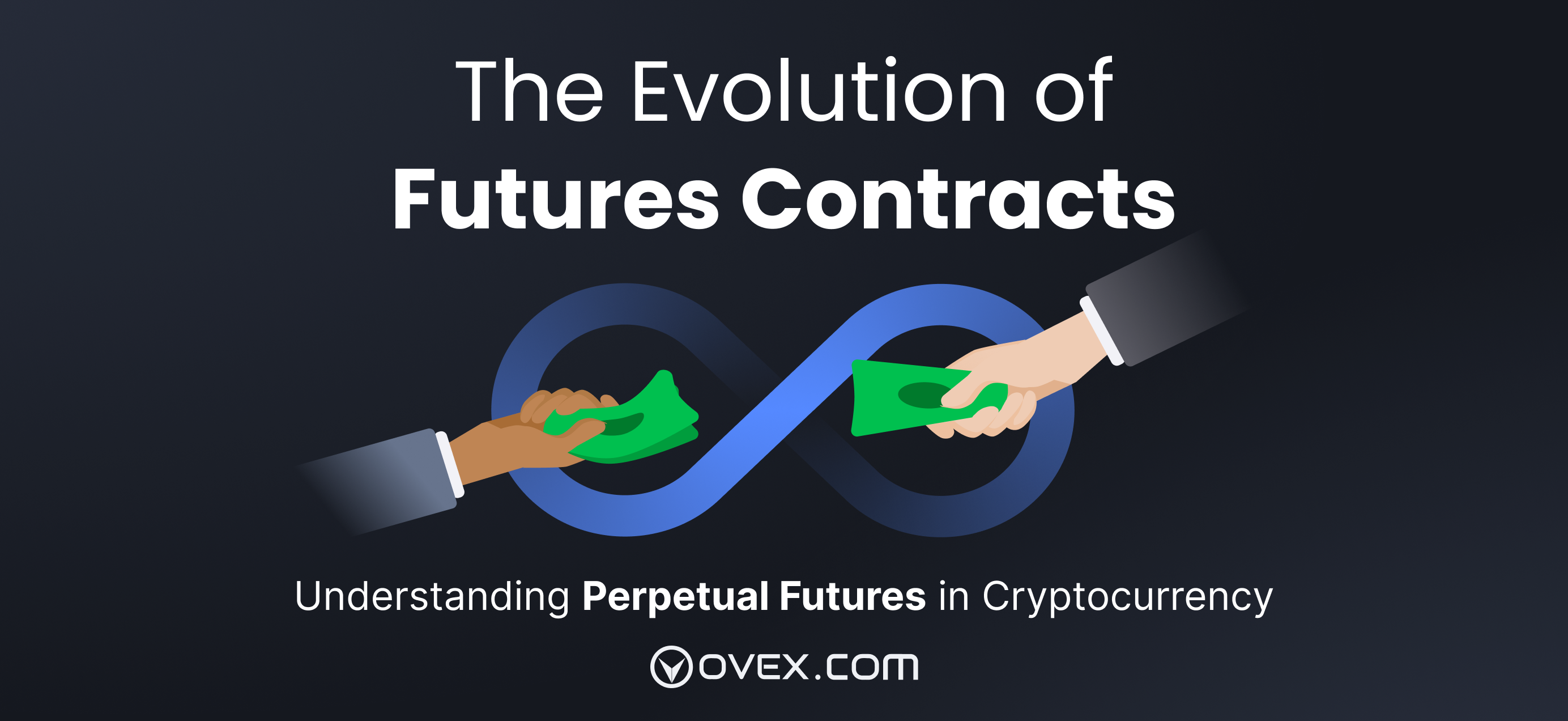
Not too long ago the world of gaming was siloed. In-game assets were linked to games instead of players. Now blockchain and cryptocurrency have ushered in a new gaming ecosystem – one that is borderless, immutable and holds value in the game itself as well as in the real-world economy. The world of online gaming is changing at a Super Sonic pace (pun intended).
According to a survey by Worldwide Asset eXchange (WAX) – a blockchain platform focused on virtual items – 62% of gamers are more likely to invest in digital assets if they were transferable between games. 84% of developers would create in-game items for the same reasons.
In the pre-crypto gaming world – users could not take their valuable (and oftimes rare), gamified assets out of a game they stopped playing. If a gamer’s account got stolen, disabled, or even if the user just became bored and moved on to another game, all the money and time spent would disappear; it is a bleak reality many gamers have come to accept.
This begs the question: if gamers are willing to spend that much in virtual worlds without any potential return on investment, what happens when their in-game tokens and purchases become assets that can be bought and sold on secondary markets, moved between multiple games, and retain value?
This is precisely what is happening today with the inception of the play-to-earn model of gaming.
Play-to-earn is simply giving gamers and gaming enthusiasts control and ownership over in-game assets – previously controlled by developers. This empowers gamers to then increase the value of these assets by actively playing the game. Players in this business model create value for game developers (and other players) by participating in the in-game economy. As a reward for their participation, they are given in-game assets. These assets range from in-game resources like gaming weapons/tools or cryptocurrencies to other in-game assets that can be tokenized on the blockchain and even sold as NFTs. While this may have some implications for game designers and franchises alike, the prospect of gamers holding 100% ownership of the fruits of their (game) labor is intriguing to say the least. We are seeing a shift in value where games can now sustain a circular economy and interact with the real world like never before.

A Vietnamese game-maker, Sky Mavis, launched Axie Infinity in 2018 – a popular blockchain game built on the ERC20 network and supported by Ethereum-based cryptocurrencies (AXS) and (SLP). Today Axie has hit an all-time high in sales of $1 billion – setting a new record for itself and becoming the highest valued NFT project in the world.
In Axie Infinity’s virtual world of Lunacia, players steer colourful, blob-like creatures called Axies to acquire two kinds of coins. Smooth Love Potions (SLP) are awarded for winning battles and can be cashed out or used in the game to breed new Axies. Players can also decide to sell (SLP) tokens to other players on an open marketplace if they decide to cash them out. Axie Infinity Shards (AXS) can be earned by selling Axies in the game’s marketplace OR by winning in seasonal Axie tournaments. Because Axie is not built on a semi-sanctioned exchange nor on an unauthorized third-party marketplace – players can take their (SLP) and (AXS) directly to major crypto exchanges and sell them for whatever’s on offer. Axie recorded around $30million worth of Ether transfers a day over the past month, according to Etherscan.

Axie Infinity’s daily active users swelled from 30,000 in April this year to more than 1 million in August, with most logging on from developing countries hard-hit by COVID19 – including the Philippines, Brazil and Venezuela. It may sound ludicrous but the reality is that an average player can earn around 4,500 (SLP) per month which is around $1,200 purely from gameplay. As a result, people in developing economies – ravaged by the delta variant – are turning to Axie as a much-needed source of relief.
Axie Infinity, however, is both time-consuming and strategic. Players are not only required to carefully breed their Axies to develop particular skills, but they also need to earn energy that allows them to play the game further by completing in-game quests. What’s more – there are barrriers to entry: To get started players need to buy (or borrow) three Axies. They are available from $190, though the current average is about $350, and high level, rare or mystic Axies can sell for a lot more. Because the price of these Axies are at the whims of supply and demand – many analysts believe the pay-to-play nature of the game is unsustainable.
CONCLUSION
When Cryptokitties (the first blockchain game on Ethereum) launched in late 2017, the crypto world was excited at what type of new gaming models could be created. In reality it was too early, the nascent blockchain crypto game actually crashed Ethereum – unable to handle the network congestion. Now in 2021, things have evolved and created the perfect stage for NFT games to finally take the industry by storm.
Play-to-earn games will undoubtedly revolutionise how people interact with the economies of their favorite games. These games have embraced the concept of an open economy – rewarding players financially for bringing value to the network. Now it is up to developers to innovate in this space.


